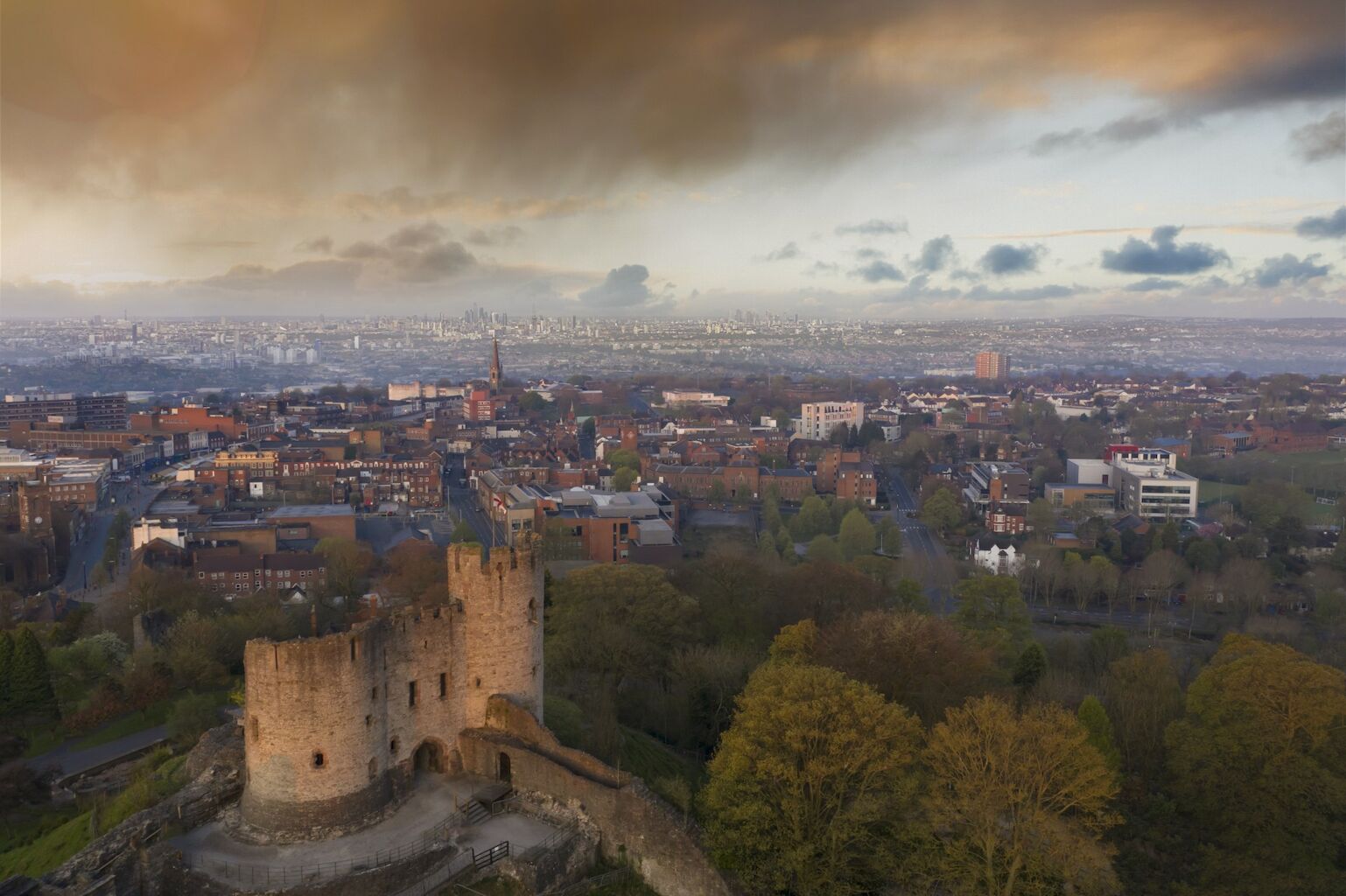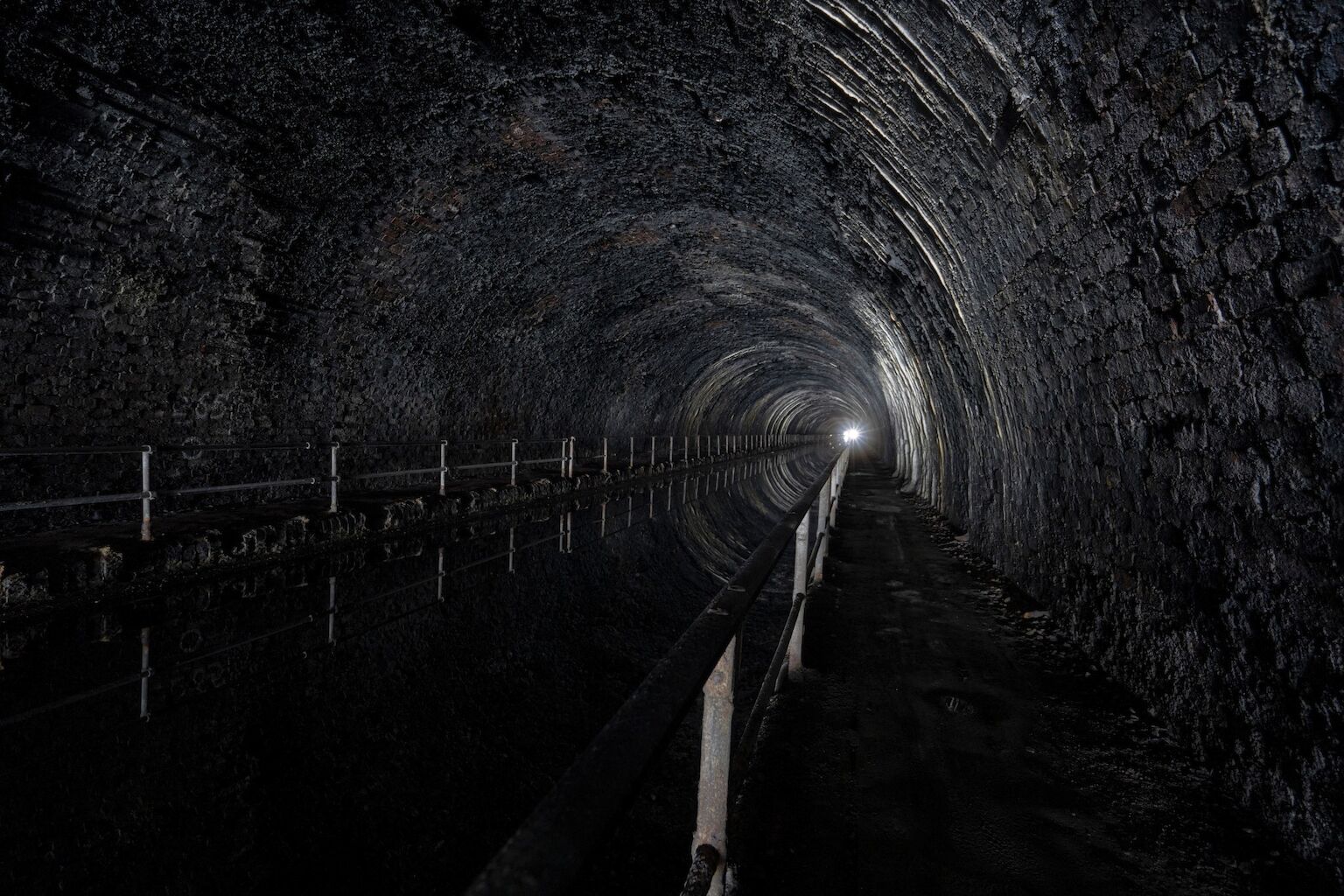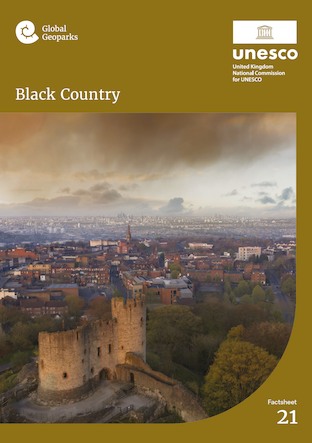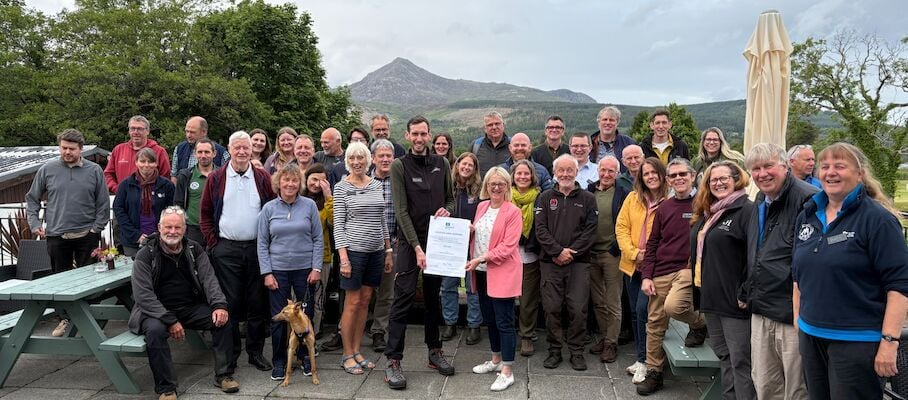Black Country
Located between Birmingham and Wolverhampton, the Black Country is a place of internationally important geological heritage and outstanding industrial heritage intimately related to it. The area’s geology spans 428 million years and well known for its exceptional fossils. The area was particularly rich in easily accessible industrial minerals (coal, ironstone fireclay, and limestone) sealing its stature as a place discovery and invention at the centre of the Industrial Revolution.
What makes this UNESCO Designation special?
The rocks of the Black Country tell the story of vast changes in the landscape and environment over enormous periods of geological time. This geopark connects the geology under our feet with biodiversity, cultural, and industrial heritage on the landscape above. The area contains Europe’s thickest coal seam (12 metres), interbedded with multiple other important layers of economic minerals.
Rock layers contain exceptionally preserved fossil reef structures in-life-position, including the world’s best preserved fossil spider. These have deep cultural links with communities; the trilobite species Calymene found here (known locally as the ‘Dudley Bug’) was adopted as the mascot of the limestone miners and is presented at the centre of the town of Dudley’s coat-of-arms.
The geodiversity of the area created varied landscapes and habitats providing huge quantities of natural resources that gave birth to the world’s first large industrial region and one of the most important cradles of human invention & innovation. Key inventions and works were developed here, led by the likes of Abraham Darby (the ‘Father of the Industrial Revolution’) and Sir Roderick Murchison (founder of the Silurian Period of geological time).
It was here that the creation of the world’s first powerful steam engine (the Newcomen engine) took place; revolutionising mining practice. To facilitate industry, the Black Country developed an incredible density of man-made waterways including the world’s oldest navigable canal tunnel. The activities of the industrial past are expressed through the landscape, arts, dialect and traditions of local communities; echoes of the proud industrial centuries that shaped this land and influenced the knowledge and development of the entire world.













